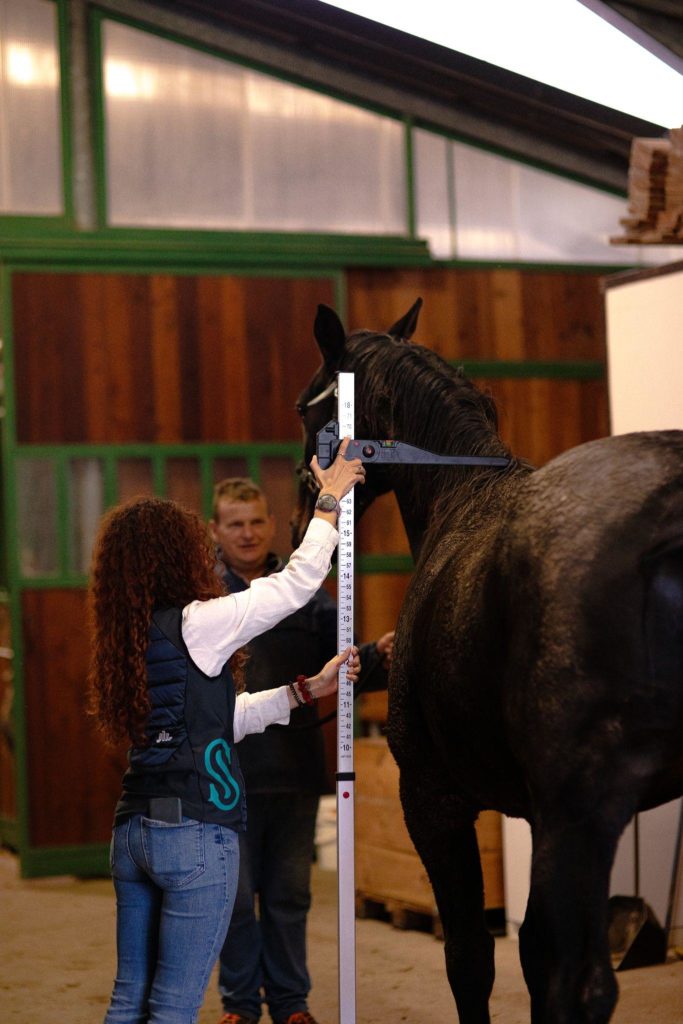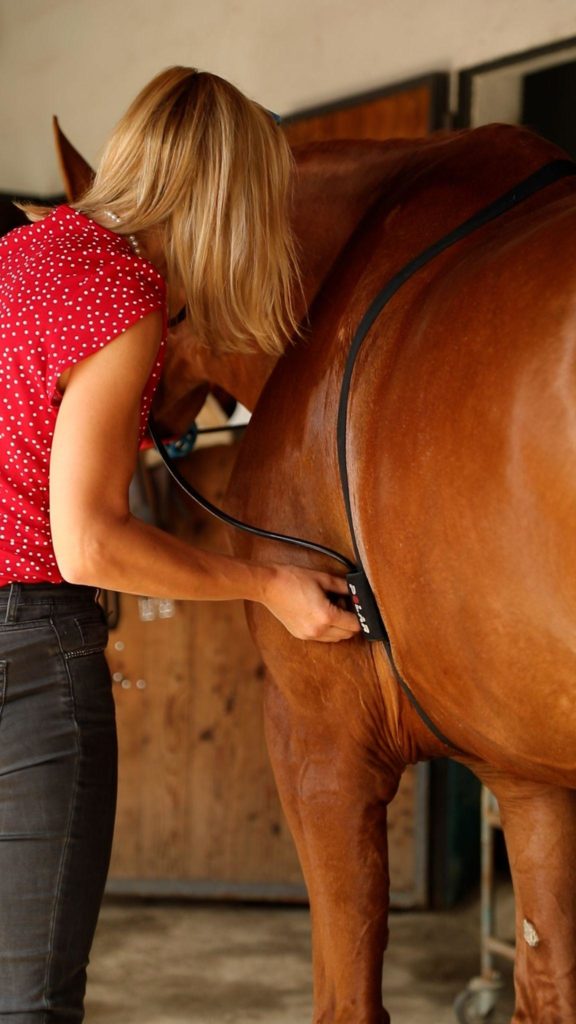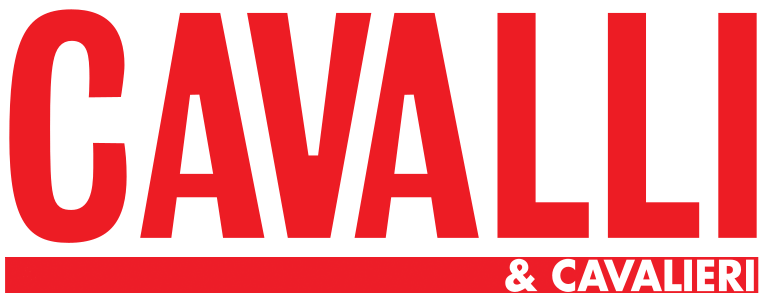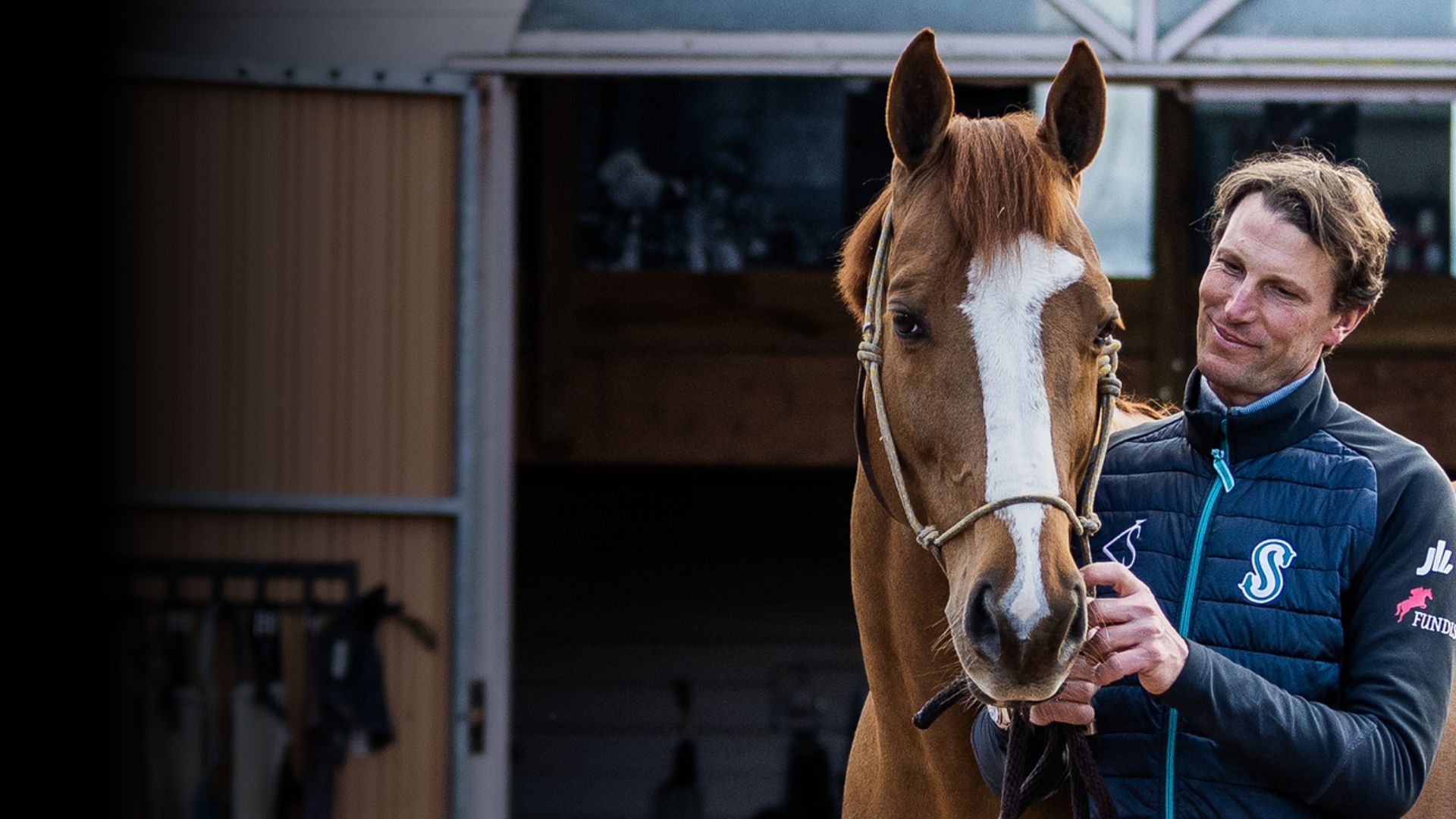Horse First: The Core of Scuderia 1918’s Vision
For too long, equestrian sports have been judged solely by competition results, often overlooking the true protagonist of this discipline—the horse. At Scuderia 1918, we believe it is time to redefine the standards of excellence, ensuring that horse welfare is not just an ethical commitment but a fundamental pillar of high performance.
This philosophy is the foundation of our new campaign: “Horse First”, a guiding principle that shapes every decision made by our management, riders, and team of professionals. We are committed to proving that top-level competition and equine well-being are not just compatible but inseparable.
F.I.R.S.T.—A Framework for Equine Excellence
At the heart of “Horse First” is F.I.R.S.T., a comprehensive framework designed to elevate equestrian standards by balancing welfare, performance, and innovation. Each letter represents a core principle that drives our approach to horse care, training, and management:
F – Full Awareness
Understanding and respecting the horse as an individual is the foundation of our philosophy. Full Awareness means developing a deep knowledge of each horse’s physical, mental, and emotional state.
Horses are predominantly trained using negative reinforcement techniques, whereby pressure is applied until the animal performs the correct operant response.
More recently, as a result of an ongoing discussion about negative reinforcement creating a state of chronic stress in horses, there has been a greater integration of positive reinforcement techniques into training (e.g., clicker training). For example, in a study that trained horses to load into a trailer, positive (clicker) reinforcement compared to negative (lead rope pulling, whip tapping) reinforcement techniques produced the fastest and least stressful learning.¹
I – Injury Prevention
Preventing injuries is far more effective than treating them.
One study demonstrates that 78% of injuries in elite show jumping horse have an orthopedic origin, primarily affecting the tendons.²
Pasture exercise early in life is essential for the development of the digital flexor tendon, making it more resistant to injury in adulthood. Additionally, carefully tailored exercise regimens during growth (0 to 2 years of age) can potentially improve tendon quality and minimize the effects of degeneration induced by training after skeletal maturity.³
R – Research & Innovation
Scuderia 1918 has established a Research Center in collaboration with various international universities and studbooks. Here, studies are focused on genetics, video analysis, and the application and monitoring of the most advanced conditioning principles for equine athletes.

S – Sustainable Training
A horse’s career is a long journey, and its training must be structured accordingly. Our approach emphasizes gradual, balanced, and ethical development, ensuring that horses are never pushed beyond their natural limits.
Our innovative training protocol is divided into three key phases:
- Train to Play (0-3 years)
– Early exposure to diverse stimuli to develop mentality and coordination reduces stress responses later in life.
– Gradual introduction to different surfaces and encouragement of free movement to promote healthy musculoskeletal development.
– The golden rule: 24-hour turnout in the pasture. - Train to Train (4-6 years)
– Structured training to improve aerobic and anaerobic capabilities and to develop agility and strength.
– Monitoring growth patterns to adapt training intensity and prevent joint overload. - Train to Win (7+ years)
– Sport-specific training tailored to the horse’s unique physiological and psychological profile.
– Adjustments based on real-time health and performance data.

T – Teamwork
Success in equestrian sports is never an individual achievement—it is the result of a network of professionals, owners, breeders, and organizations working together to create the best conditions for both horses and riders.
Following this principle, in 2024 Henk Nooren became Scuderia 1918’s Team Manager, serving as bridge between all the different stakeholders placed around the globe, coordinating all the projects.
A Vision for the Future
“Horse First” is more than a philosophy—it is a commitment to shaping a future where performance and well-being are perfectly aligned.
We invite the equestrian community to embrace this vision. Because true excellence isn’t just measured by victories, but by the way we honor and protect the athletes who make them possible.
Discover more on https://scuderia1918.com/.
Reference
1-(Hendriksen P, Elmgreen K, Ladewig J. Trailer-loading horses: is there a difference between positive and negative reinforcement concerning effectiveness and stress-related signs? J Vet Behav. 2011;6(5):261-266.)
2- (Egenvall AA, Tranquille CA, Lönnell AC, et al. Day training and competition in relation to amount of training in elite showjumping horses in four European countries. Prev Vet Med.)+
3-(van Weeren PR, Barneveld A. Study design to evaluate the influence of exercise on the development of the musculoskeletal system of foals up to age 11 months. Equine Vet J Supplement 1999;(31):4-8. Epub 2000/09/22.)



